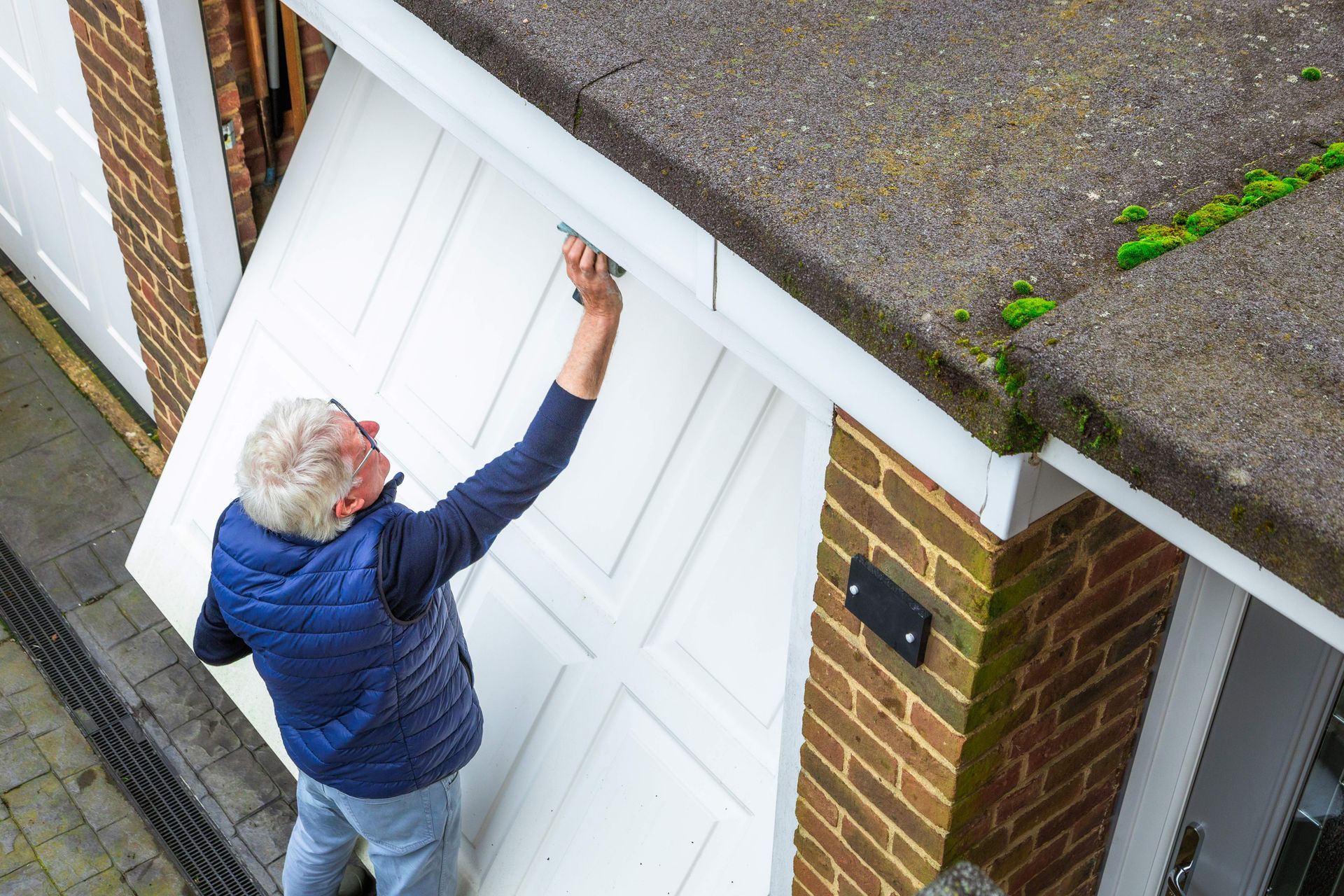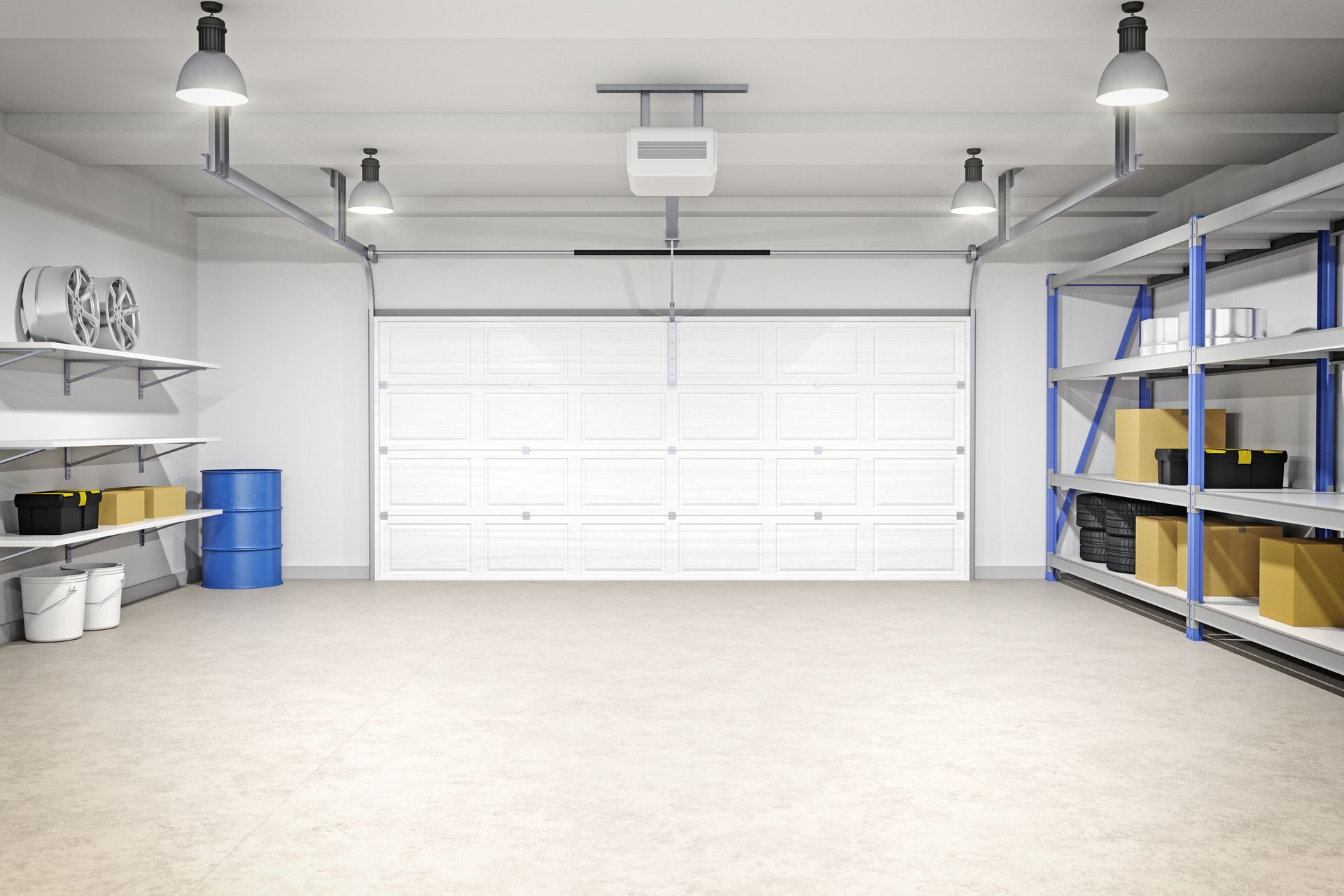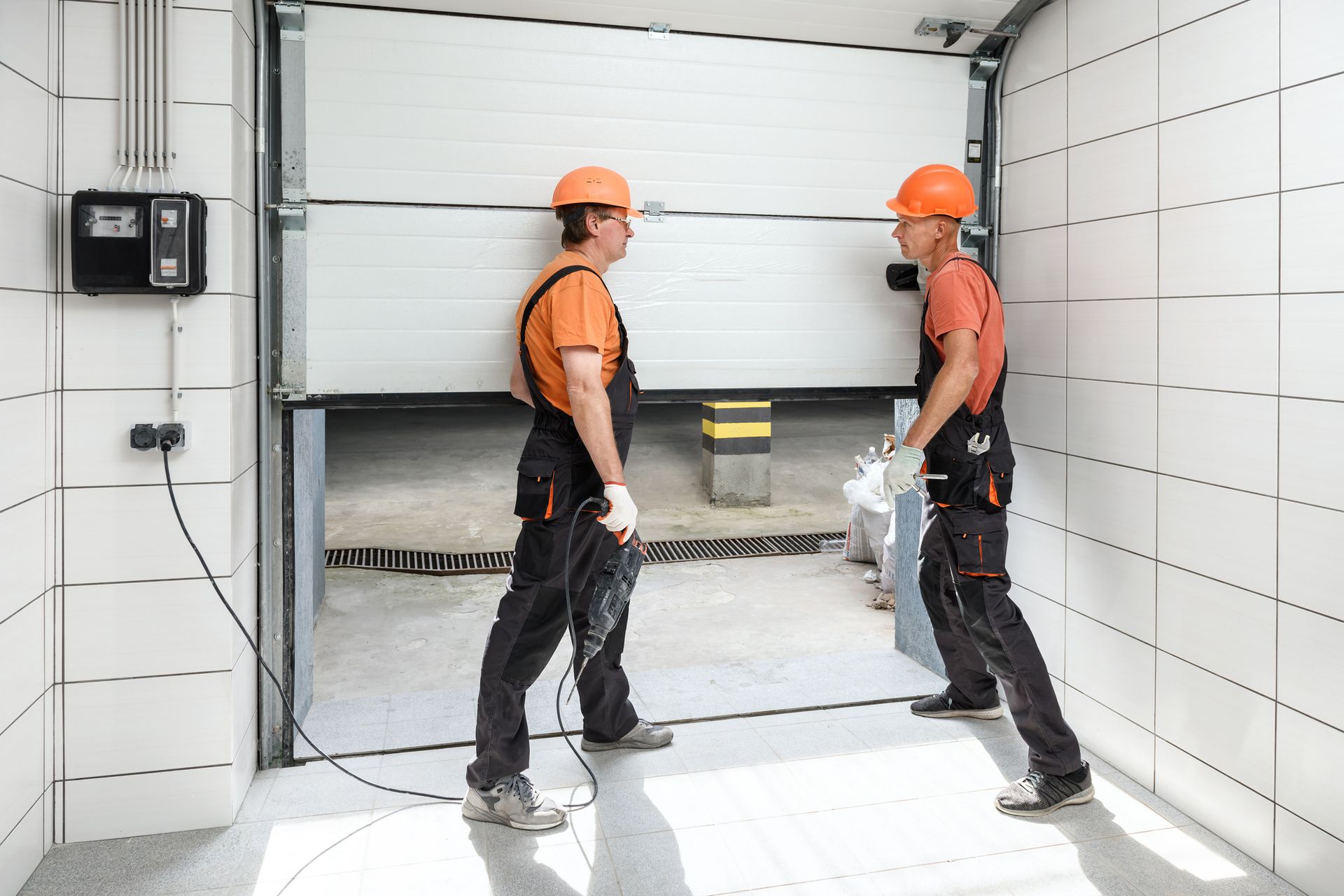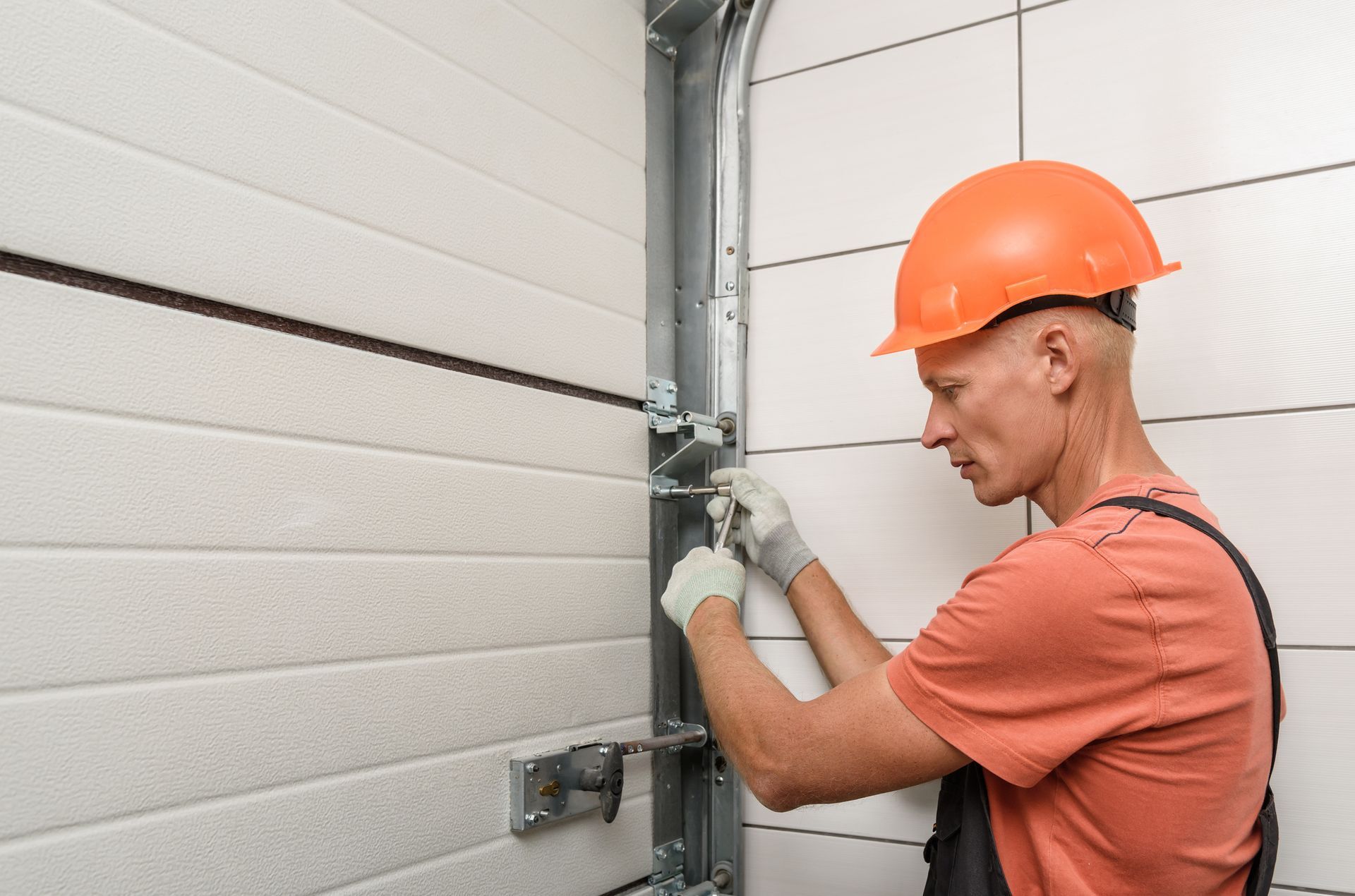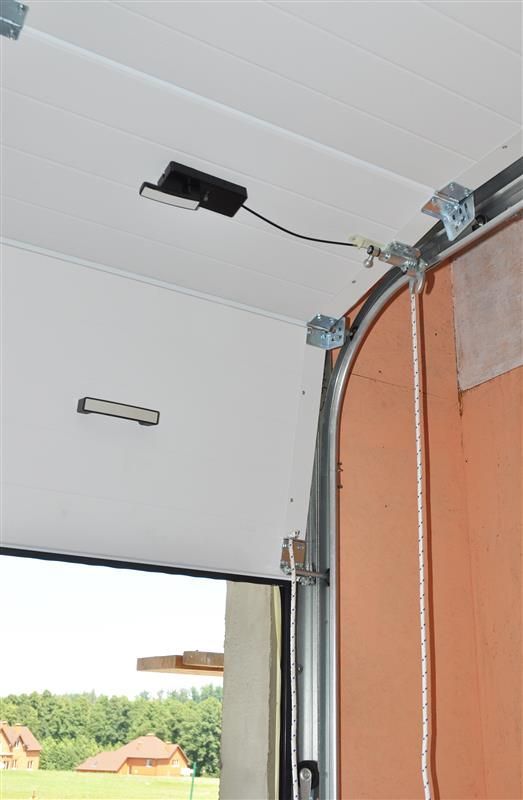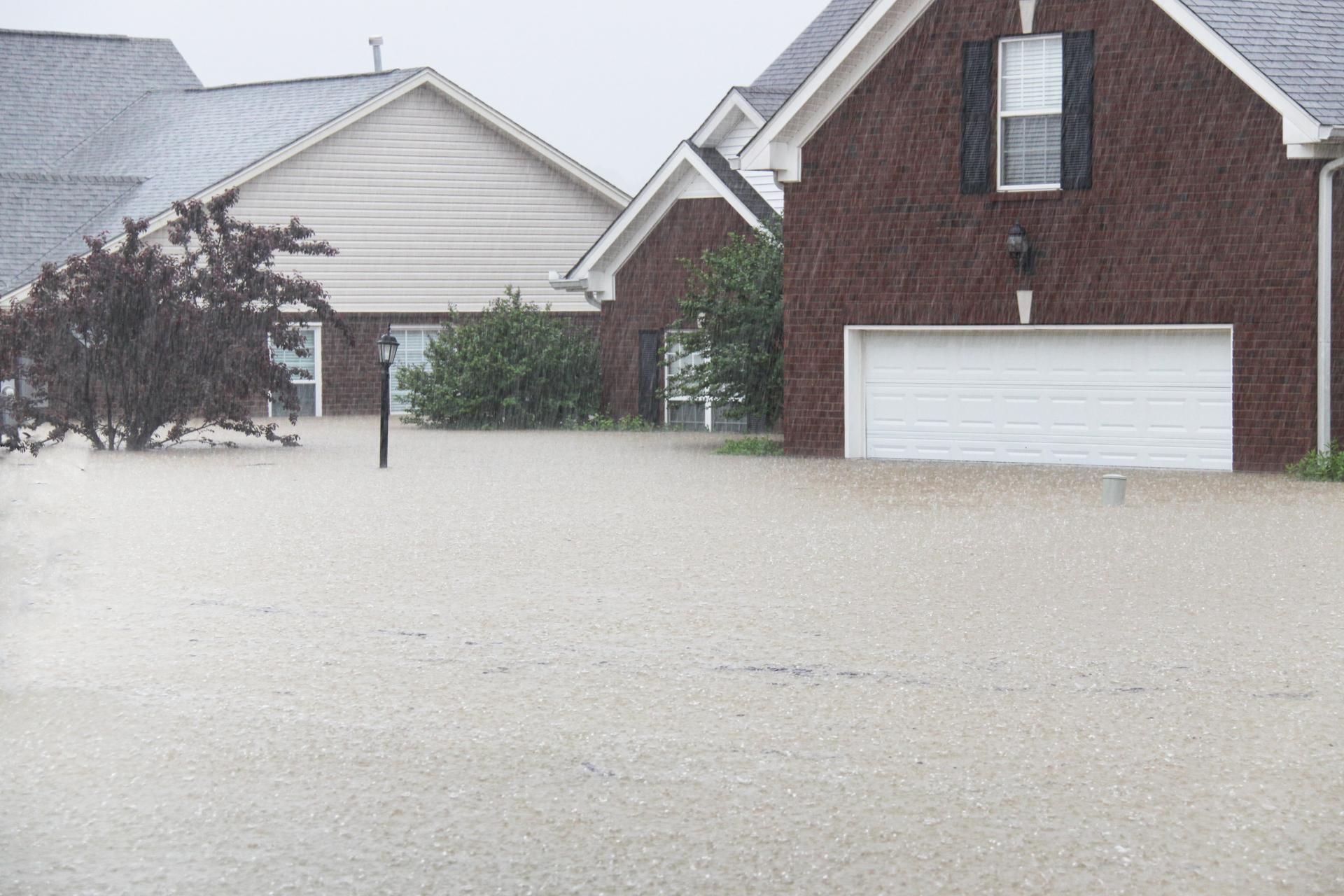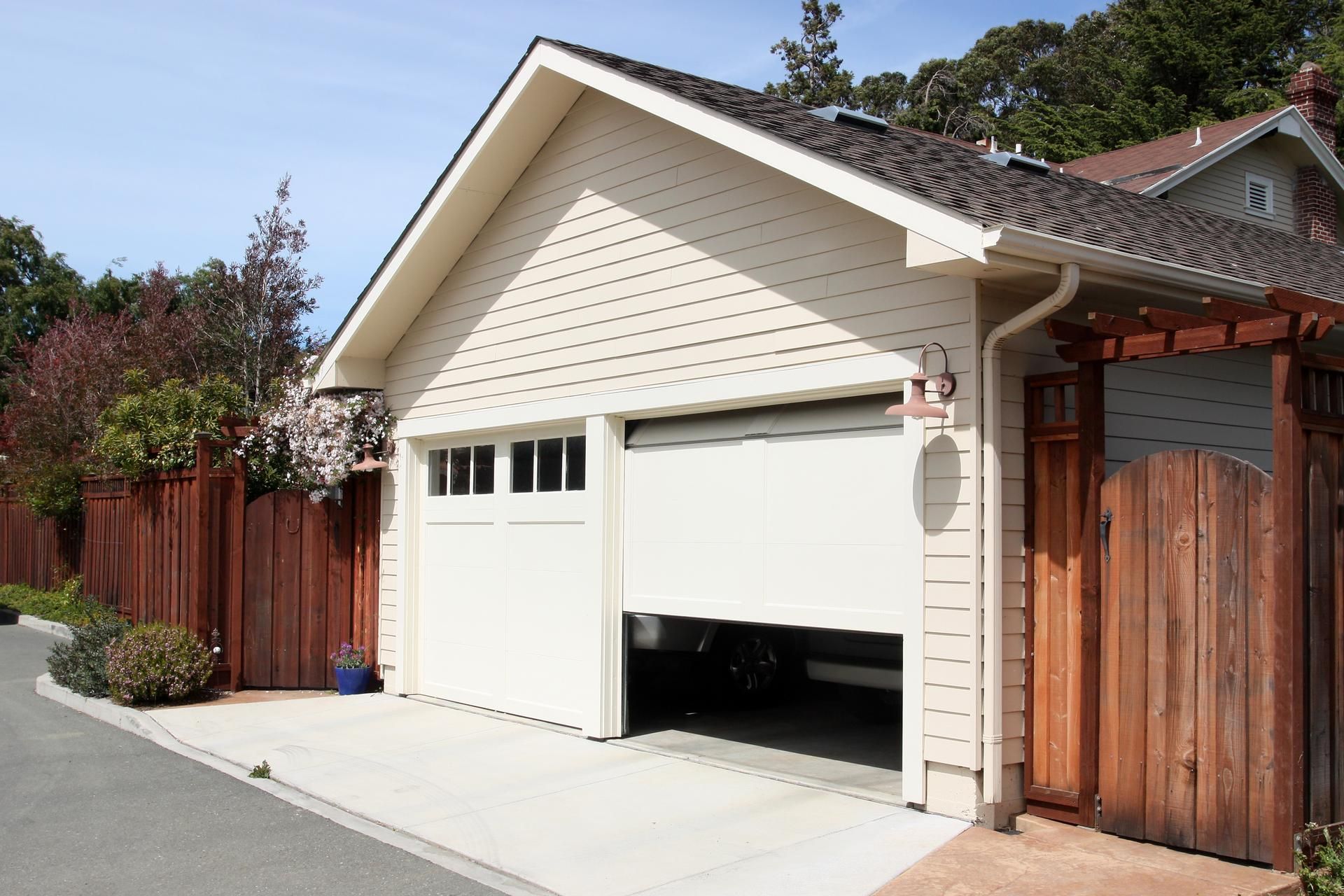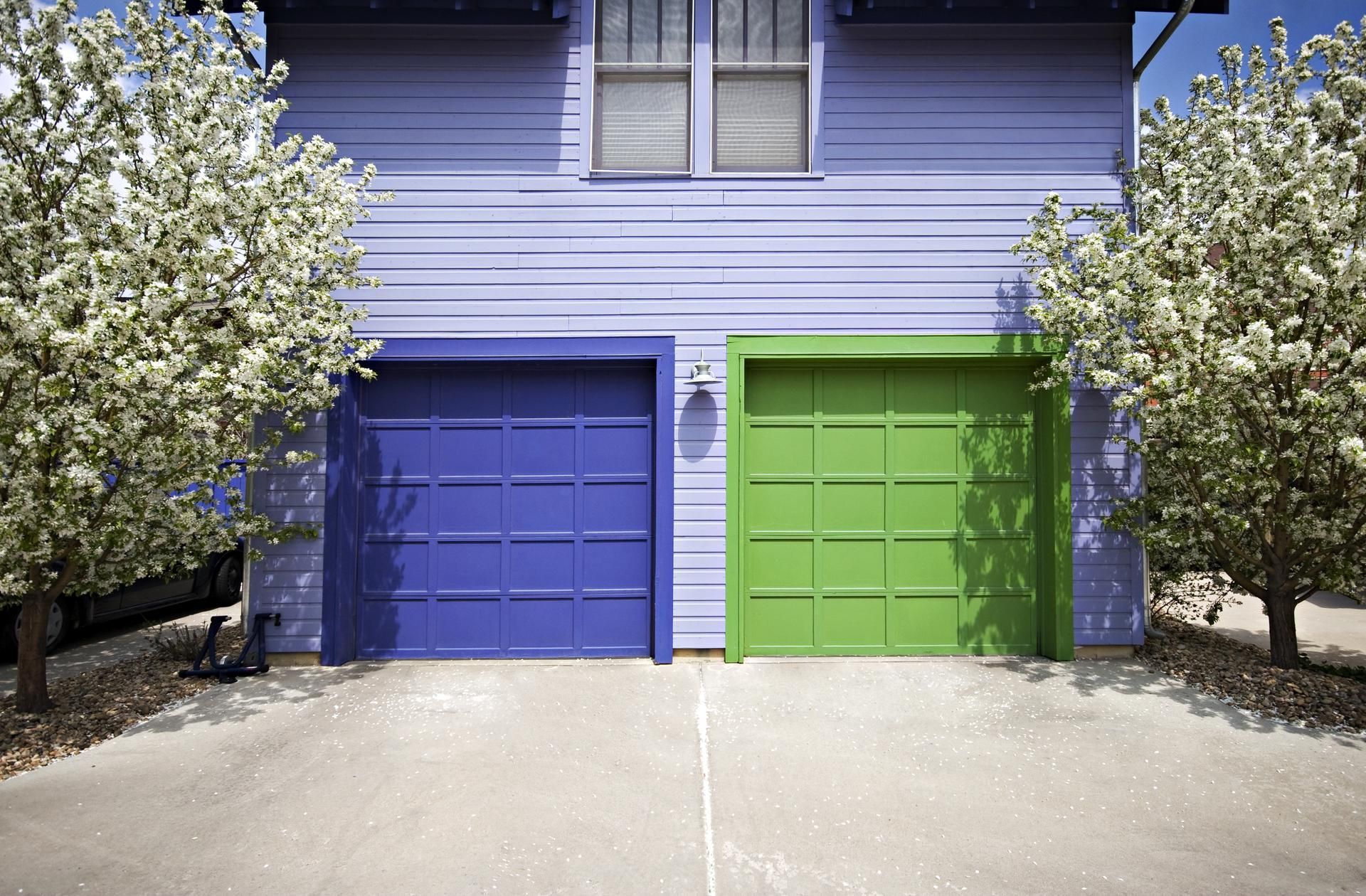FAQs About Increasing Your Garage Door’s Efficiency
Admin • November 19, 2020

Is your new garage door as energy efficient as you think it is? You choose a high R-value model with an insulating layer to reduce energy loss. But this doesn't necessarily mean your door is efficient. Take a look at the modifications, uses, and other factors that could impact overall garage door energy efficiency.
Will a Mail Slot Impact Efficiency?
Does your old garage door have a mail slot cut through the material? Even though the slot is an intentional cut into the door's material (and not the result of damage or wear), it can still affect the overall energy efficiency.
While a mail slot will effectively keep the rain or sleet out od your house, it won't do the same for hot or cold air. Beyond exterior air issues, a mail slot may also allow the heated or cooled air inside the garage to gradually leak out. Combine both of these factors, and the slot can decrease your door's energy efficiency.
To maximize your new door's energy efficiency:
- Consider an alternative mailbox placement. Instead of a slot in the garage door (or your main entry door), install a mailbox on an exterior wall of your home. This allows your new door to stay completely intact.
- Insulate the area. If you enjoy the convenience or security of a garage door mail slot, talk to the contractor about ways to insulate the area. Some mail slots come pre-insulated or you can add your own insulation or extra weather stripping to an uninsulated mail slot.
- Position the slot correctly. Whether you add extra insulation or not, make sure the outward-facing flap or part of the slot doesn't remain in the open position. This gives the air a direct route in and out of your garage.
The decision to install a mail slot in your new garage door is a choice you can reverse in the future. You may have limited options to change the exterior look of the slot. But you can increase the door's energy efficiency. If you install a mail slot, but later decide not to use it, talk to the garage door contractor about ways to effectively block or insulate the area.
Will Windows Impact Efficiency?
A windowless garage door is a solid surface that can easily hold in heat/cooled air and keep out the elements. While this option may make the most sense for your home's energy efficiency, it isn't always the best aesthetic choice. If you want windows or glass panels in your new garage door
Before you decide whether to install a window in your new door or choose a solid model, consider:
- The U-factor. A lower U-factor (the measure of the rate a window conducts heat flow) indicates a higher degree of energy efficiency. Discuss low U-factor glass or glazing options with the contractor before you install windows in your new garage door.
- The number of panes. A single-pane window allows air in and out of your garage. If you prefer the look of windows, ask about multi-pane options.
- The position of the garage. Does your garage door get direct sunlight? The more light it gets, the more you need to think about how the windows allow solar heat inside the garage.
You don't have to sacrifice style for function in a garage door. A qualified garage door contractor can help you to select windows that add to the overall energy efficiency.
Will Weather-Stripping Impact Energy Efficiency?
Uninsulated mail slots and single-pane windows can decrease your new door's energy efficiency. But not all changes will have the same negative effect on the garage. Properly installed weather-stripping can add to the overall efficiency. To make the most of this energy-saving option:
- Select the right product. Make sure the weather-stripping product can withstand the friction of garage door use, the local weather, and temperature extremes.
- Seal the bottom of the door. Even though the bottom part of your garage door opens, it still needs a weather-stripping seal. The garage door contractor can attach rubber, vinyl, or a similar flexible material to the area during the installation process.
- Seal the threshold. Is there a gap in your home's garage threshold? The contractor may need to seal this with weather-stripping too.
- Seal the sides and top. Now that the bottom of the door is air-tight (or at least free from major air leaks), you can turn your attention to the leftover area. The contractor can install weather-stripping that isn't too thick and doesn't interfere with the door's ability to move freely.
If your garage door opening has existing weather-stripping or a similar product (used to stop drafts or air leaks), ask the contractor to inspect it during the installation service. New weather-stripping/sealants that fit well and are free from signs of wear or damage can stay as-is. But if the product is torn, loose, or doesn't fit the door, the contractor will need to install new weather-stripping.
Does your home need a new garage door? Contact Edgemont Garage Doors
for more information.



